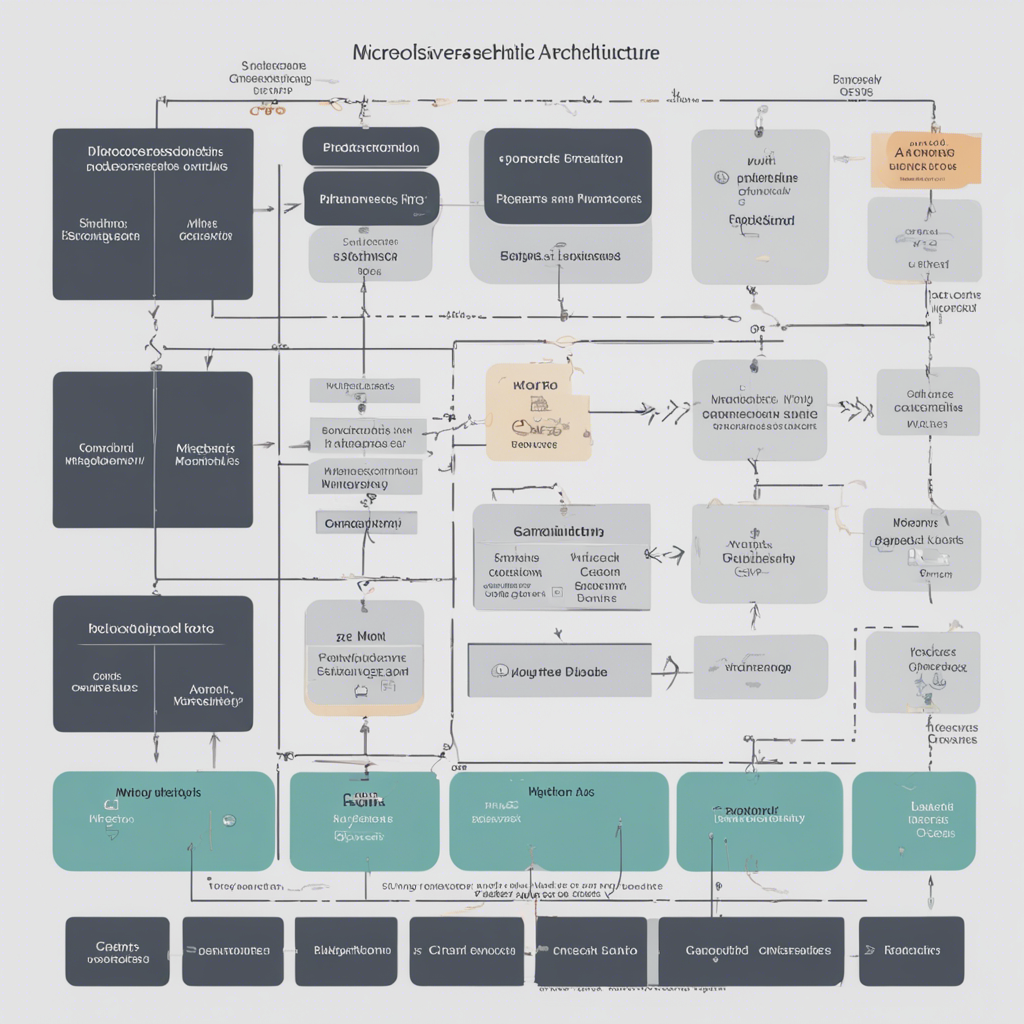
AI on the Edge: Revolutionizing Embedded AI Applications
In recent years, Artificial Intelligence (AI) has been transforming various industries, enabling machines to perform tasks that were once exclusively carried out by humans. While AI typically requires massive amounts of data and computational power, advances in technology have paved the way for a new paradigm known as “AI on the edge.” This groundbreaking approach brings AI capabilities directly to devices such as smartphones, IoT devices, and embedded systems, unlocking a world of possibilities for intelligent applications. In this blog post, we will delve into the concept of AI on the edge and explore the numerous embedded AI applications it empowers.
What is AI on the Edge?
AI on the edge, also known as edge AI or embedded AI, refers to the deployment of AI technologies directly on local devices instead of relying on cloud computing or remote servers. By bringing the power of AI algorithms and machine learning models closer to the data source, edge AI reduces the time, latency, and bandwidth required for processing and analysis. This enables real-time decision-making, greater privacy, and enhanced security, all critical factors in today’s interconnected world.
Embedded AI applications leverage the processing capabilities and sensor inputs of edge devices to perform advanced tasks such as object recognition, speech synthesis, anomaly detection, predictive maintenance, and much more. This means that instead of relying on cloud-based services, which may introduce latency and privacy concerns, AI models are deployed and executed on the edge device itself.
Advantages of AI on the Edge
The rise of AI on the edge has brought about several advantages that make it an attractive solution for a wide range of applications:
1. Reduced Latency and Real-time Processing
By processing data locally, edge AI systems can minimize latency, enabling near-real-time decision-making. This is crucial in applications where immediate responses are required, such as autonomous vehicles, industrial automation, medical diagnostics, and smart cities.
2. Enhanced Privacy and Security
With AI on the edge, data remains local and is not transmitted to the cloud for processing. This significantly reduces the risk of data breaches, ensuring greater privacy and security. Sensitive data, such as personal information or proprietary industrial data, can be processed and analyzed within the confines of the edge device itself.
3. Offline Operation
Edge AI devices can continue to function even when disconnected from the internet or cloud services. This makes them ideal for remote or resource-constrained environments where internet connectivity may not always be available or reliable. Applications like agriculture, mining, and oil exploration can greatly benefit from this capability.
4. Bandwidth Optimization
By performing computations on the edge device, edge AI minimizes the need for continuous data transmission to the cloud. This not only reduces the bandwidth requirements but also optimizes network utilization, especially in scenarios where multiple edge devices are deployed in a distributed manner.
Embedded AI Applications
The application of AI on the edge is vast and spans across industries. Let’s delve into some specific use cases where embedded AI is making a transformative impact:
1. Autonomous Vehicles
Autonomous vehicles rely on real-time perception and decision-making capabilities to navigate safely and efficiently. Edge AI enables on-board processing of sensor data, such as images from cameras and Lidar, to detect objects, identify road signs, and make instant decisions. This reduces the reliance on external cloud services, minimizing latency and ensuring real-time responsiveness.
2. Industrial Automation
In industrial settings, AI on the edge plays a crucial role in enhancing automation and operational efficiency. Embedded AI can enable predictive maintenance by continuously monitoring machine health and detecting anomalies in real-time. This helps prevent costly breakdowns and minimize downtime. Moreover, edge AI can improve quality control by performing real-time inspections and identifying defective products on the production line.
3. Healthcare and Telemedicine
AI on the edge has immense potential in the healthcare sector, particularly in remote or resource-constrained areas. Edge devices equipped with AI algorithms can analyze medical images, such as X-rays and MRIs, to detect abnormalities and assist healthcare professionals in diagnosis. Additionally, edge AI can facilitate telemedicine by enabling real-time remote consultations and patient monitoring, even with limited internet connectivity.
4. Smart Cities
With the proliferation of IoT devices, smart cities are generating massive amounts of data. Edge AI can analyze this data locally to enhance various aspects of urban life, such as traffic management, waste management, public safety, and energy optimization. By making cities smarter and more efficient, edge AI contributes to sustainability and quality of life.
The Future of AI on the Edge
As edge computing and IoT continue to evolve, the future of AI on the edge looks brighter than ever. Advances in hardware, like specialized AI chips and low-power processors, are empowering edge devices with greater computational capabilities while minimizing energy consumption. On the software front, frameworks and tools are being developed to simplify the deployment and management of AI models on edge devices.
Additionally, research in federated learning and distributed AI models is enabling collaboration between edge devices while preserving data privacy. This allows edge devices to learn from each other’s experiences without the need for centralized data storage or uploads to the cloud.
In conclusion, AI on the edge represents a paradigm shift in AI deployment, bringing powerful computational capabilities to local devices. This breakthrough technology enables real-time processing, improved privacy, enhanced security, offline operation, and optimized bandwidth utilization. From autonomous vehicles and industrial automation to healthcare and smart cities, embedded AI applications are rapidly transforming various sectors. With ongoing advancements in hardware and software, AI on the edge is poised to shape the future of intelligent systems and revolutionize the way we interact with technology.






